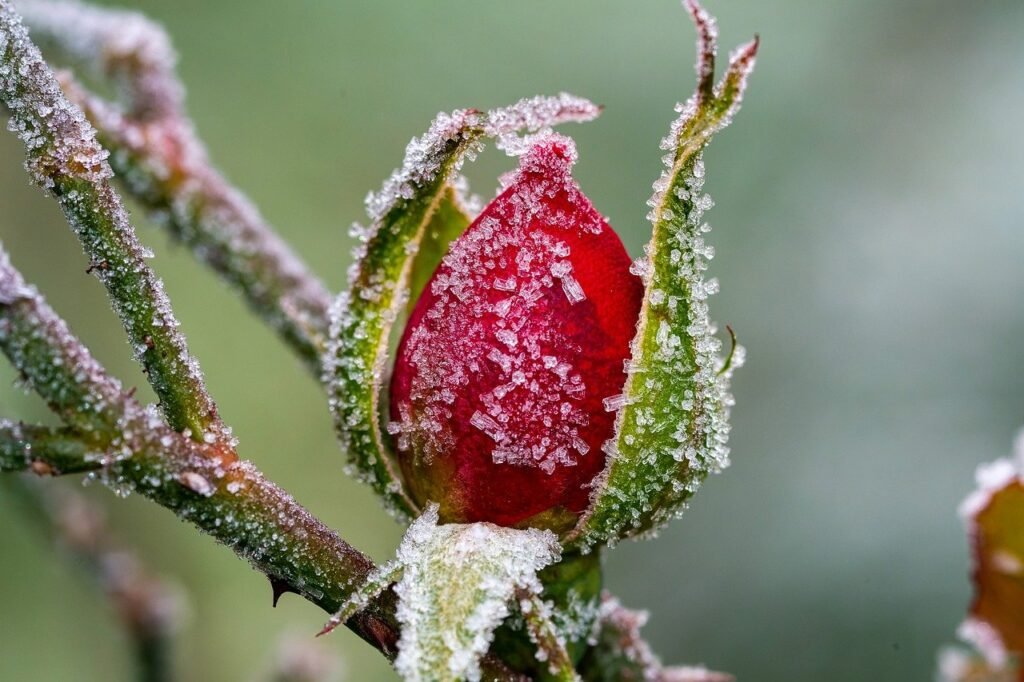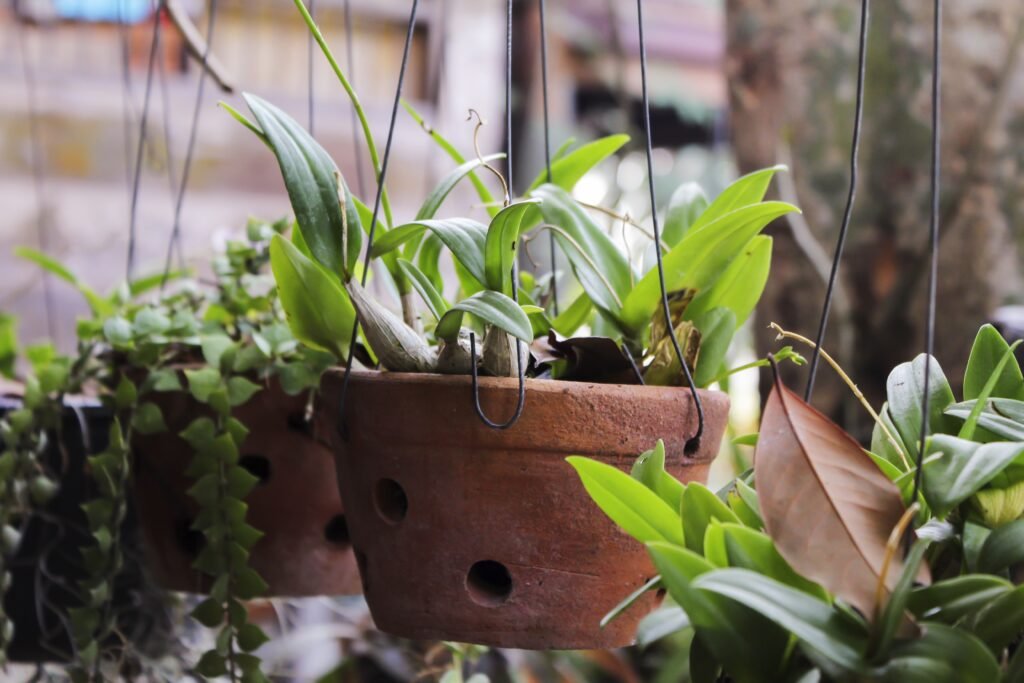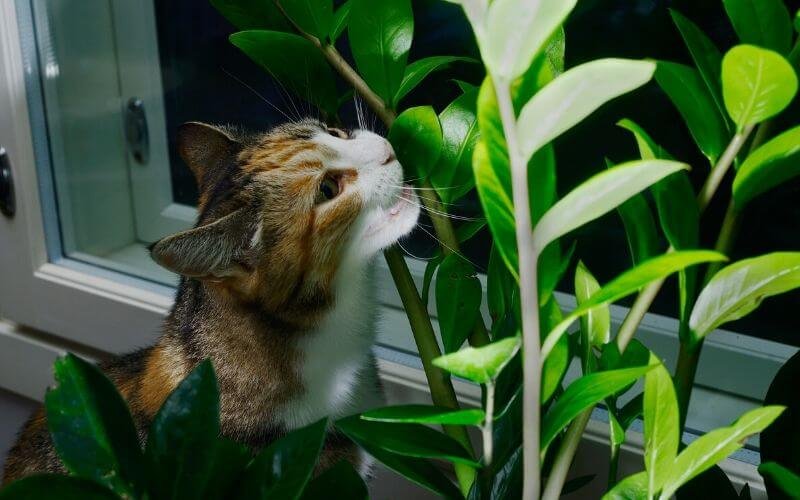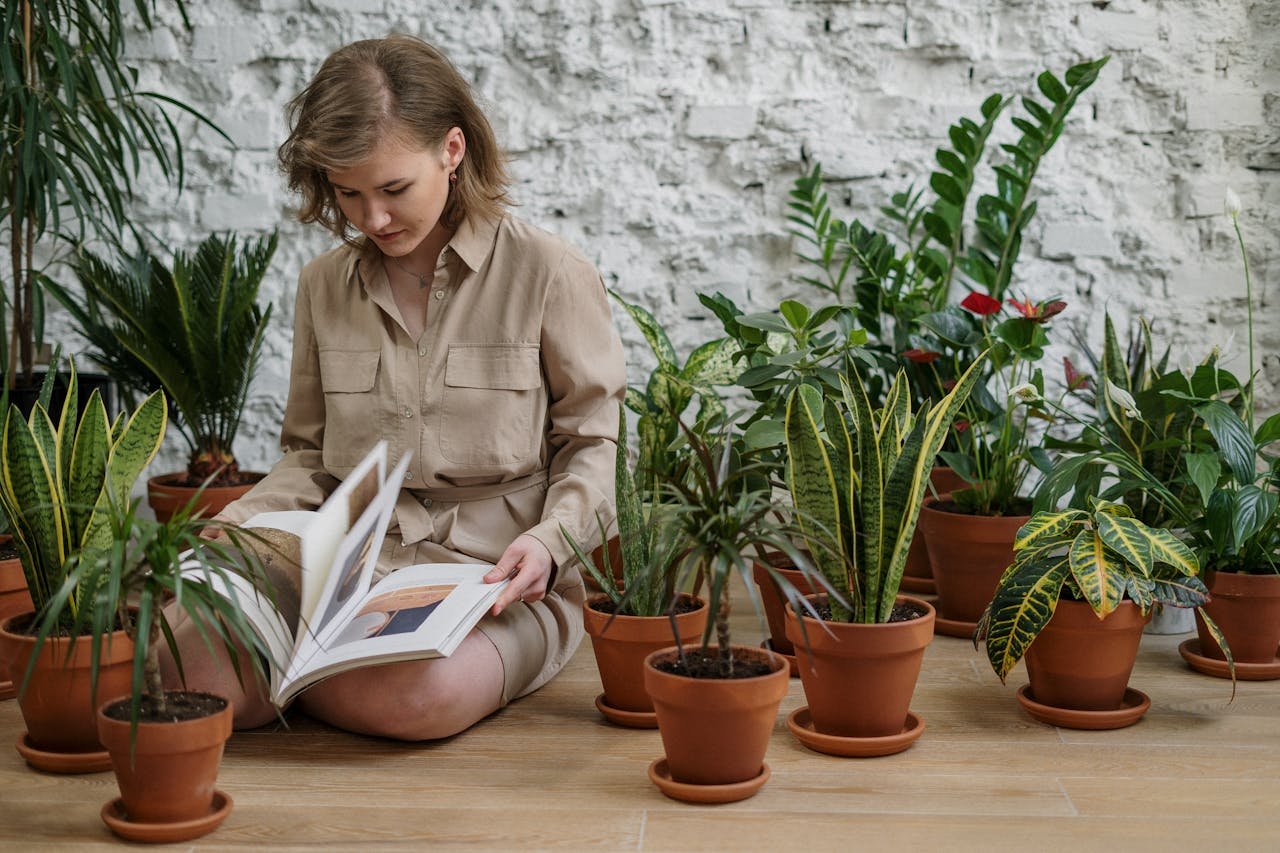Top Tips for Indoor Plant winter Care for Plants Healthy

During the winter months, Indoor Plant winter Care requires special attention due to the changes in temperature, light, and humidity. Here are some key tips on how to ensure your indoor plants thrive during the winter season:
Adjusting Watering Schedule: As the days get shorter and cooler, plants tend to require less water. I recommend checking the soil moisture before watering and adjusting the schedule accordingly to prevent overwatering, which can lead to root rot.
Monitoring Humidity Levels: Winter air tends to be drier, which can affect Indoor Plant Winter that prefer higher humidity levels. To combat this, consider using a humidifier or placing a water-filled tray near your plants to increase moisture in the air.
Positioning Plants for Light: With reduced daylight hours, it’s essential to place your plants in areas where they can still receive adequate light. Consider moving them closer to windows or supplementing with grow lights to ensure they get the light they need to photosynthesize effectively.
Avoiding Drafts and Temperature Fluctuations: Indoor Plant Winter are sensitive to sudden temperature changes and drafts, which can stress them. Keep plants away from drafty windows or doors, and make sure they are not placed near heat sources that can cause fluctuations in temperature.
Practicing Regular Maintenance: Winter is a good time to inspect your plants for pests, trim any dead or yellowing leaves, and rotate them to ensure all sides receive equal light exposure. This regular maintenance will help keep your plants healthy during the colder months.
By following these tips and paying attention to the specific needs of your indoor plants, you can help them thrive even in the challenging conditions of winter.
Choosing the Right Indoor Plants for Winter
During the winter months, it’s crucial to choose Indoor Plant Winter that can thrive in lower light and drier conditions. Here are some suggestions for the best indoor plants to consider:

Snake Plant (Sansevieria): A hardy plant that can survive with minimal light and irregular watering.
Spider Plant (Chlorophytum comosum): This plant thrives in various conditions and helps purify the air.
Peace Lily (Spathiphyllum): Requires low light and infrequent watering, making it an excellent winter plant.
ZZ Plant (Zamioculcas zamiifolia): Tolerant of low light and periods of neglect, perfect for winter conditions.
Pothos (Epipremnum aureum): Easy to care for and can adapt to different light levels, including low light.
When selecting Indoor Plant Winter, consider their light and water requirements. It’s also essential to inspect plants for pests before bringing them inside. Remember to gradually acclimate plants to indoor conditions to prevent shock. By choosing the right Indoor Plant Winter, you can enjoy a vibrant and healthy indoor garden throughout the colder months.
Optimal Placement for Indoor Plants During Winter
During the winter months, it’s crucial to pay extra attention to where you place your indoor plants to ensure they thrive. Here are some tips on optimal placement for indoor plants during winter:
Natural Light:
Place your plants in areas where they can receive the most natural light. South-facing windows usually provide the brightest light, followed by west-facing windows. Rotate your plants regularly to ensure all sides receive adequate light.
Temperature:
Avoid placing plants near drafty windows or doors where they might be exposed to cold temperatures. Keep them away from heat sources such as radiators, as sudden temperature changes can stress the plants.
Humidity:
Winter air tends to be drier, which can be challenging for indoor plants. Increase humidity by placing a humidifier nearby or grouping plants together. You can also mist your plants regularly to help maintain the humidity level.
Air Circulation:
Ensure good air circulation around your plants by not overcrowding them. Avoid placing them too close to walls or furniture that can block airflow. This will help prevent pests and diseases from affecting your plants.
Avoid Drafts:
Cold drafts can be damaging to tropical plants. Make sure to keep them away from drafty areas or places with fluctuating temperatures. Consider using a plant stand to elevate them off the cold floor.
By following these placement tips, you can help your indoor plants thrive during the winter months and ensure they stay healthy and vibrant until the warmer days return.
Watering Guidelines for Indoor Plants in Winter
In winter, it’s crucial to adjust your watering routine for indoor plants due to factors like lower light levels and reduced humidity. Here are some guidelines to ensure your plants thrive during the colder months:
Check the Soil Moisture: Stick my finger into the soil about an inch deep. If it feels dry, it’s time to water. If it still feels moist, wait a few more days before checking again.
Water Sparingly: Reduce the frequency of watering in winter as plants tend to grow slower and require less water. Overwatering can lead to root rot, so it’s better to underwater than to overwater.
Use Room Temperature Water: Cold water can shock the roots of plants, so I recommend using water at room temperature. Letting the water sit for a day can also help dissipate any chlorine or other chemicals.
Adjust Watering to Plant Needs: Different plants have varying water requirements. Succulents and cacti, for example, need even less water in winter. Be mindful of each plant’s specific needs.
Provide Proper Drainage: Ensure that the pots have drainage holes to prevent water from pooling at the bottom, which can also lead to root rot.
Watch for Signs of Overwatering: If I notice yellowing leaves, mushy stems, or a musty smell, it’s likely that I have been overwatering. Adjust the watering schedule accordingly.
Mist Plants Occasionally: To compensate for the dry air from heaters, consider misting the plants occasionally. This can help increase humidity levels around the plants.
During winter, always observe your plants closely and adjust your watering routine accordingly to keep them healthy and thriving.
Humidity Control for Indoor Plants in Winter
Maintaining the right humidity levels is crucial for the health of indoor plants during the winter months when the air is typically drier. Here are some tips to help you control the humidity for your indoor plants:

Grouping Plants Together:
Placing plants together can create a small microclimate with higher humidity levels as plants release moisture through transpiration.
Using a Humidifier:
A humidifier can be beneficial in increasing the moisture levels in the air, which can help your plants thrive during the dry winter months.
Pebble Trays:
Placing trays filled with water and pebbles near your plants can increase humidity levels around them as the water evaporates.
Misting:
Lightly misting your plants with room temperature water can provide a temporary boost in humidity, but avoid over-misting as it can lead to fungal issues.
Avoiding Heat Sources:
Keep your plants away from heat sources like radiators and vents as they can dry out the air and affect the humidity levels.
Humidity Monitors:
Consider using a humidity monitor to keep track of the moisture levels around your plants and adjust accordingly.
By implementing these strategies, I can effectively control the humidity levels for my indoor plants during the winter, ensuring they remain healthy and vibrant despite the dry conditions.
Temperature Considerations for Indoor Plants in Winter
During the winter months, it is crucial to pay attention to the temperatures around your indoor plants. Here are some important considerations to keep in mind:
Ideal Temperature Range: Indoor plants generally prefer temperatures between 65-75°F during the day. At night, they can tolerate slightly cooler temperatures, ideally around 55-60°F. It’s essential to maintain a consistent temperature to avoid stress on your plants.
Avoid Drafts: Cold drafts can be harmful to indoor plants, leading to issues like yellowing leaves or stunted growth. Make sure to keep plants away from drafty windows or doors to protect them from sudden temperature changes.
Heating Systems: Central heating systems can create dry air indoors, which can be detrimental to your plants. Consider using a humidifier or placing a water-filled tray near your plants to increase humidity levels.
Avoid Heat Sources: While plants appreciate warmth, they can be sensitive to direct heat sources like radiators or vents. Keep your plants a safe distance away from these sources to prevent overheating.
Monitor Temperatures: Invest in a thermometer to keep track of the temperatures around your plants. This can help you adjust heating settings or relocate plants if needed.
Winter Dormancy: Some plants may enter a period of dormancy during the winter months. During this time, they may require less water and fertilization. Check individual plant care guidelines to ensure you are meeting their specific winter needs.
By being mindful of temperature considerations, you can help your indoor plants thrive throughout the winter season.
Fertilization Needs for Indoor Plants in Winter
During winter, my indoor plants have different fertilization needs than in other seasons. Here are some key points to keep in mind:
Reduce Frequency: Since plants grow slower in winter, I reduce the frequency of fertilizing. Instead of following a weekly schedule, I switch to feeding my plants every 4-6 weeks during the winter months.
Choose the Right Fertilizer: I opt for a balanced, water-soluble fertilizer with equal parts nitrogen, phosphorus, and potassium. This helps to support overall plant health without promoting excessive growth during the dormant season.
Dilute Fertilizer: To prevent fertilizer buildup in the soil, I dilute the fertilizer to half or quarter strength. This ensures that my plants receive the necessary nutrients without risking root damage.
Avoid Fertilizing Dormant Plants: If any of my plants go completely dormant in winter, I refrain from fertilizing them. Dormant plants do not actively grow, so they do not need additional nutrients during this time.
Monitor Plant Response: I keep a close eye on how my plants respond to fertilization. If I notice signs of overfertilization, such as yellowing leaves or stunted growth, I adjust the fertilization schedule accordingly.
Consider Organic Alternatives: Sometimes, I opt for organic fertilizers during winter. They release nutrients slowly, which can be beneficial for plants during the colder months.
Ensuring the right fertilization regimen for my indoor plants in winter helps to support their health and prepare them for the upcoming growing season.
Pest Prevention and Management for Indoor Plants in Winter
I must regularly check my indoor plants for any signs of pests, especially during the winter months when they tend to seek warmth indoors. To prevent infestations, I ensure to keep a close eye on the foliage and soil of my plants. If I notice any pests, I swiftly isolate the affected plant to prevent the infestation from spreading to others.
Here are some tips for pest prevention and management for indoor plants in winter:
Regular Inspections: I make it a habit to inspect the leaves, stems, and soil of my indoor plants regularly. Early detection of pests can help prevent major infestations.
Natural Remedies: To combat pests like spider mites or aphids, I use natural remedies such as neem oil spray or insecticidal soap. These are effective at controlling pests while being gentle on my plants.
Quarantine Infected Plants: If I notice any signs of pests on a plant, I immediately move it away from other healthy plants. This isolation helps in preventing the pests from spreading.
Prune Infested Areas: In case of localized pest infestations, I prune the affected leaves or stems. This not only removes the pests but also helps the plant focus its energy on healthier growth.
Maintain Air Circulation: Adequate air circulation around plants can prevent pest infestations. I ensure not to overcrowd my indoor plants and occasionally run a fan to improve airflow.
Avoid Overwatering: Overly damp soil can attract pests like fungus gnats. I make sure not to overwater my plants, especially during the winter when they require less water.
By following these pest prevention and management tips, I can keep my indoor plants healthy and thriving throughout the winter months.
Pruning and Maintenance of Indoor Plants in Winter
During the winter months, it is essential to pay extra attention to the pruning and maintenance of indoor plants to ensure their health and vitality. Here are some tips to help you care for your indoor plants during the winter:
Prune with Purpose: Take the time to inspect your indoor plants for any dead or yellowing leaves, as well as any overgrown branches. Use clean and sharp pruning shears to carefully trim away any damaged or unwanted growth. This will not only improve the appearance of your plants but also promote healthy new growth.
Monitor Watering Carefully: In the winter, indoor plants tend to require less water due to lower light levels and cooler temperatures. Be mindful not to overwater your plants, as this can lead to root rot. It’s a good idea to let the top inch of soil dry out between waterings.
Provide Adequate Light: Since daylight hours are shorter in the winter, consider moving your indoor plants closer to windows to maximize the amount of light they receive. You may also want to supplement with grow lights to ensure your plants are getting enough light to thrive.
Maintain Humidity Levels: Indoor plants can suffer from dry air in winter when heating systems are in use. To combat this, consider using a humidifier or placing a tray of water near your plants to increase humidity levels. Misting your plants occasionally can also help.
Inspect for Pests: In the dry indoor conditions of winter, pests can become a problem for indoor plants. Regularly inspect your plants for any signs of pests such as spider mites or aphids. If you notice any pests, treat your plants with insecticidal soap or neem oil to keep them at bay.
By following these pruning and maintenance tips, you can help your indoor plants thrive throughout the winter months and emerge healthy and vibrant come spring.
Transitioning Indoor Plants to Spring Care
I always look forward to transitioning my indoor plants to spring care as the days start getting longer and warmer. Here are some essential tips to ensure a smooth transition for your green companions:
Increase watering frequency: With the increasing temperatures and longer days, indoor plants usually require more water. Check the moisture levels regularly and adjust your watering schedule accordingly.
Monitor humidity levels: As we move into spring, the air tends to be less dry compared to winter. However, indoor heating can still reduce humidity levels. Consider using a humidifier or pebble tray to maintain the ideal humidity for your plants.
Rotate plants: During the winter, plants often lean towards the light source. As the sun’s position changes in spring, rotate your plants frequently to ensure balanced growth.
Start fertilizing: With the onset of spring, plants begin actively growing again. Introduce a balanced liquid fertilizer into your routine to provide essential nutrients for healthy growth.
Inspect for pests: As plants awaken from their winter dormancy, pests can become more active. Keep an eye out for any signs of infestation and treat them promptly to avoid any lasting damage.
Consider repotting: Spring is an excellent time to repot plants that have outgrown their current containers. Refreshing the soil and providing additional space for root growth can invigorate your plants.
As we usher in the new season, a little extra attention to your indoor plants can go a long way in ensuring they thrive and flourish in the coming months.




